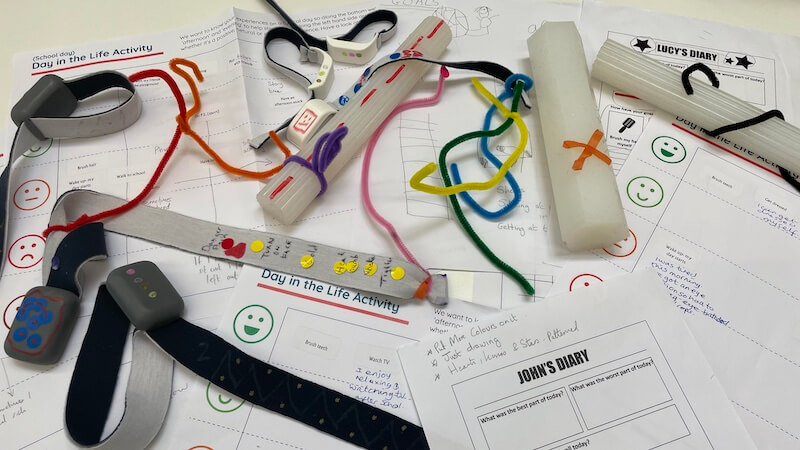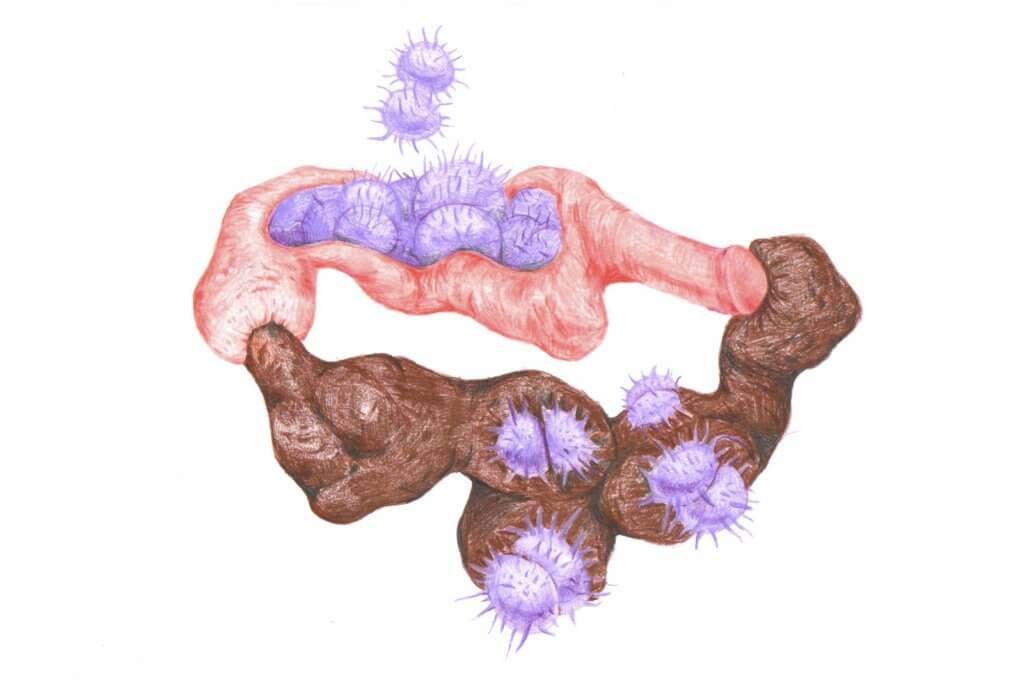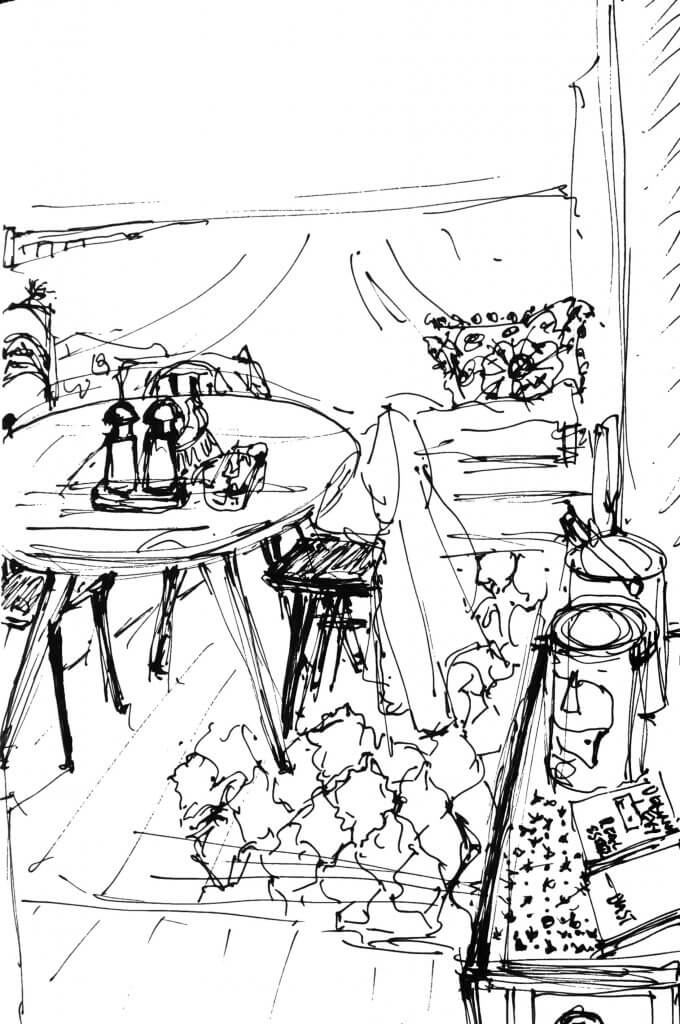30 Sep 2022
Today we report on the Lab4Living research students who presented at last week’s Postgraduate Research Conference, hosted by Sheffield Hallam’s Culture & Creativity Research Institute. The conference was entitled METHOD.
The Method 2022 Conference organised by the Culture and Creativity Research Centre Postgraduate Research Team at Sheffield Hallam University took place on 21st and Thursday 22nd September. This annual conference, which alternates between themes of research methods and research impact, offers a supportive environment for post-graduate researchers (PGR) and Early Career Researchers (ECR) to practice conference presentation and try out new ideas. It also offers opportunities to hear from experienced researchers. METHOD 2022 sought to get inside the complexity, creativity, difficulty, and reality of research to develop a critical understanding of research process and the generation of new insight.
RELATED: Call for papers on PhD During COVID
We were delighted to see a strong representation by several Lab4Living PhD Researchers at this year’s edition, where they shared insights from their ongoing research:
- Co-design in COVID: exploring ways to overcome the virtual barrier when co-designing technological tools (Ursula Ankeny, PhD Researcher)
- The hole between material practice and writing (Marika Grasso, PhD Researcher)
- At my table: using the dining table as a site to explore perceptions and possibilities of the future home (Jackie Leaver, PhD Researcher)
- Queering anatomy – microbial migration and ambiguous body borders (Kuang-Yi Ku, PhD Researcher)
Presentations

Ursula Ankeny discussed how to do meaningful co-design when you can’t be in the same room as the participants, by reflecting on learning points from her recent case study involving children with arthritis. Primarily, how to combine the strengths of the digital with the tangibility of the physical to help articulate difficult to visualise concepts and draw out deeper insights.

Kuang-Yi Ku‘s research challenges medical patriarchy and heteronormativity of current anatomical education, by expanding the training to include speculative queer anatomies. Kuang-Yi discussed methods of queering anatomy including artist and scientist collaboration, drawing and book-making as methods, and Collage and Drawing workshops.

Jackie Leaver discussed how the the dining table, a long-established site for conversation and the sharing of ideas, as well as food, has also been used in a range of contexts and environments by researchers and practitioners to explore theories and test phenomena.
She shared how she intends to use this piece of everyday domestic furniture as a focus for a series of research events.

In Marika Grasso’s work, the hole between material practice and writing refers to the shaping of the method inquiry between the researcher/practitioner and the material practice to investigate touchscreens.
The research investigates the materiality of the broken touchscreens, a daily touched matter, and the human tactile relationship with it.
Method was a great and incredibly supportive environment for us all to share our research and receive insightful and useful feedback. It was a huge pleasure to be part of it.
Jackie Leaver, PhD student
Research confessional
Associate Professor Michael Tan was also invited to speak at segment on “The Researcher confessional” where seasoned researchers share their stories from the field. He spoke about issues concerning participant recruitment, and considerations for sampling in research.
 to top
to top
